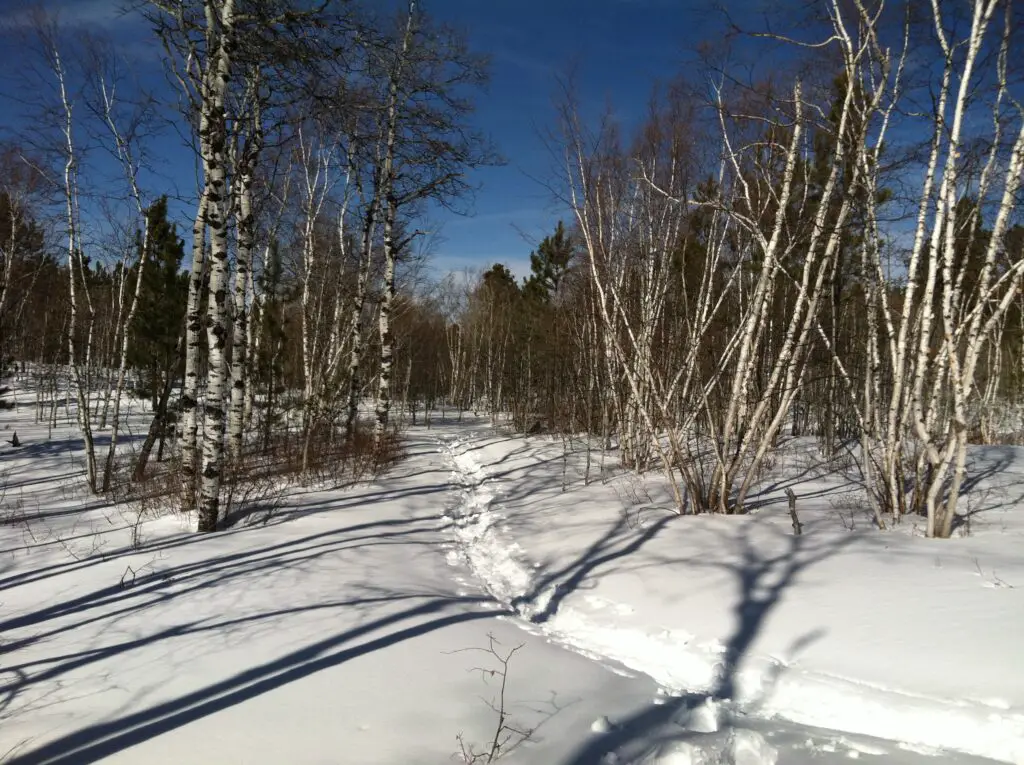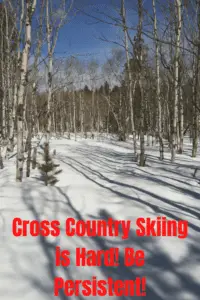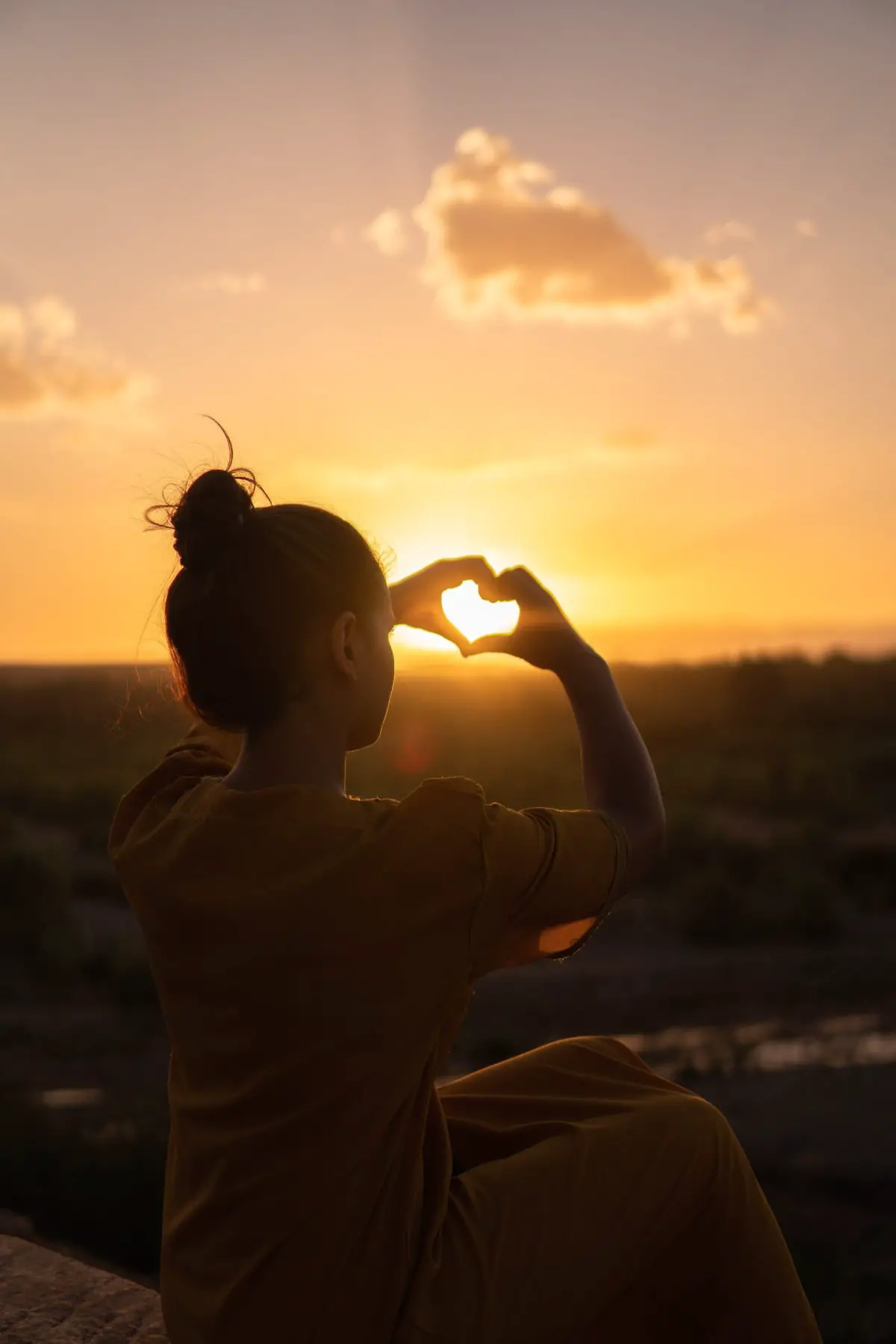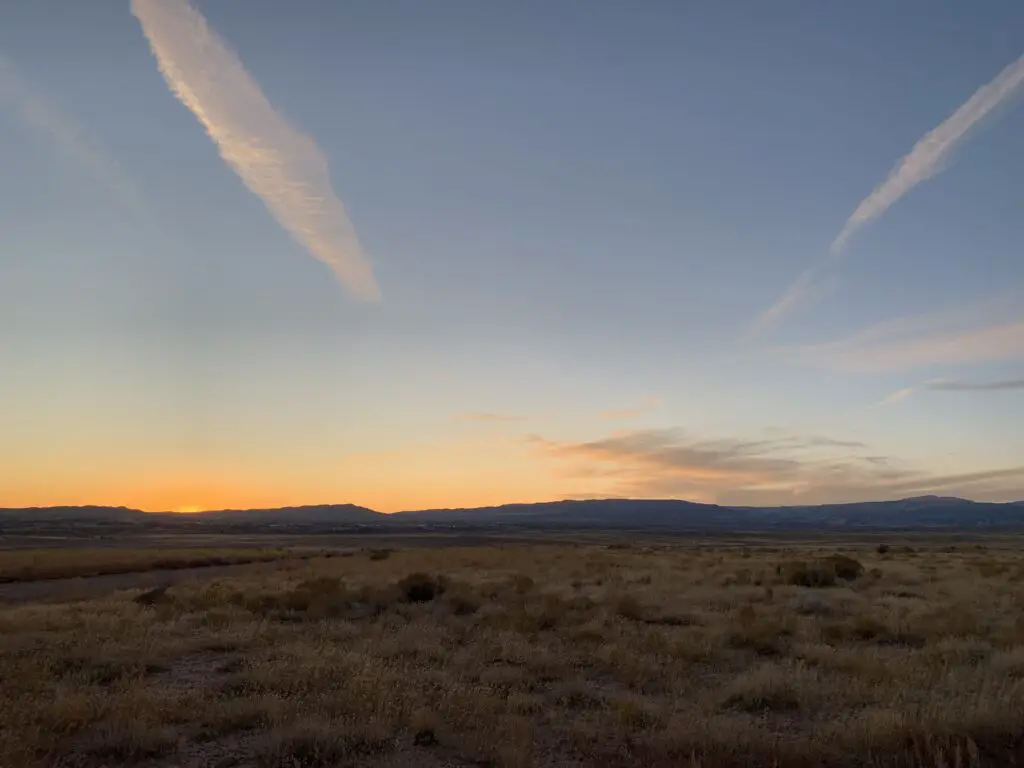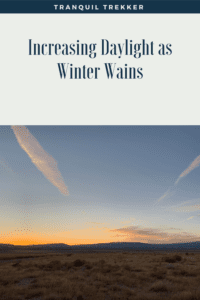Gird yourself for the Holidays folks, ready or not…they are coming! 😮
Here we go again…so I walked into my friendly, neighborhood, home store the other day, excited to see Halloween decorations on the shelves. It made perfect sense as we’re getting close to that fun holiday…and they were available…right across the aisle from the GIANT, CHRISTMAS tree, and decorations display! 🙄 EVERY year this happens and EVERY year it makes me irritated. 😝
Straight, No Chaser has a great song that speaks to this very issue
One of my biggest pet peeves is the overt rush to the Holiday Season, which seems to start in September. 😋 Why the rush? It completely goes against all principles of Mindfulness and being Present, or living in the moment.
I will acknowledge, that the pretty lights do help to lighten the mood as our days shorten…but there are plenty of Halloween/Fall-related decorations we could be focusing on right now! 😤
Christmas…in Fall?!
It seems like a week or two before Halloween each year, the seasonal sections of stores are already alight with Christmas decor. Not one or two things, here or there, mind you. No, there are rows upon rows of Christmas lights, outdoor and indoor decorations, and fake Christmas trees already filling the shelves.
This isn’t that big of a deal. It happens every year, so I know I should be prepared for it and should just ignore it. At the very least, it is NOT important enough to be wasting my precious, mental energy on…yet every year it irks me more! I just get irritated that while I’m busy thinking about goblins and ghouls, Christmas decorations are shining at me from the shelves. 😝
The stores have Halloween candy out in August! Seriously, if you buy the candy then, it would be gross come the actual holiday. And let’s be honest, who could keep it in their house that long without eating it?
Maybe that’s the plan of the stores and candy companies, get it out early so we start enjoying it…so then we have to buy more by the time the actual holiday comes. 🤔 They’re making us fat while simultaneously slimming our wallets! 😡 They probably partner with the weight-loss companies…we’re on to the conspiracy now though! 😉 (Ok, time to take off the tin-foil hat. 😇 )
Have we always rushed the Holidays?
I wonder if this rush to the Holidays is really a new thing? Maybe it has always been this way? The over-commercialization of Christmas is even mentioned in The Charlie Brown Christmas movie from the 1960s…
Perhaps our rush to the next event we are anticipating is just a weakness of human nature? I wonder if people who participate in less, mainstream holidays experience this, as well? Are those who celebrate Diwali, Hanukkah or Kwanzaa allowed to enjoy these holidays in their proper season?
I think one reason this yearly phenomenon bothers me so much is that it makes me feel rushed. I feel like it adds an additional level of stress to the everyday pressure I already struggle with. It’s no wonder we have so much ADHD and anxiety in our world today, we’re constantly being rushed from one commercialized holiday to the next and never given the opportunity to rest and enjoy a given event in its moment.
Stop Rushing the Holidays!
You barely finish your hot dog and watch the 4th of July fireworks…and “Back to School” and pumpkins are being rammed down your throat…then, a month before Halloween even occurs, and THREE FULL MONTHS before the Christmas holiday, I’m supposed to start getting excited about Santa and his reindeer…?
It seems like we skip right over Thanksgiving, which is so sad. That is the holiday where no gifts are expected, we can just enjoy the moments spent with family and friends. It’s the one time where we are actually supposed to reflect on our many blessings and how thankful we are for them. It’s one of the most mindful holidays of them all!
…then with the Christmas holidays barely past, we’re already seeing chocolate hearts for Valentine’s Day…then green clovers start appearing for St. Patrick’s Day…and shortly after, candied bunnies and chicks, for Easter, will be on the horizon…then the red, white and blue, patriotic decorations start flying for the summer festivities…and before we know it we’ve returned to Back-to-School and Halloween again!…and I swear we JUST took our Christmas tree down a few weeks ago! 😅
No wonder the years seem to fly by, we’re all living three months in the future at all times! It reminds me of a scene from A Charlie Brown Thanksgiving. Upon learning that another holiday is just around the corner, Charlie Brown’s sister, Sally, states, “I haven’t even finished eating all of my Halloween candy yet!” I remember having this same thought as a child. (Regular readers will note I reference Charlie Brown rather frequently. The Trekkers like Charlie Brown ok, those stories taught me good lessons during my childhood, I’m not sorry! 😉)
I just don’t understand the constant need to always be reaching for the next thing. Do we ever take the time to just enjoy the current moment? Are we even able to anymore? On one hand, it seems silly to be concerned about this. But on the other, I think this is just another example of our over-stimulated, modern culture where we need to be constantly hyped up about something at all times.
Enjoy the Holidays Mindfully
Mindfulness principles can be really useful here. By focusing on and appreciating the individual moment, event, day (or at the very least, holiday) that we are CURRENTLY experiencing, we can help keep the stress and pressure of the Holiday Season at bay. We will feel less stress when we aren’t always preparing for something that won’t occur for several more months.
Don’t get me wrong, I LOVE everything about Christmas, I just REFUSE to participate in holidays until their appointed season. For the Trekkers, this means NO Fall decorations until at least the last half of September and I 100% refrain from engaging in anything related to Christmas until Thanksgiving has come and gone…then it’s Merry Freakin’ Christmas all day, every day! 🙃
To Conclude
I think this rush to the Holidays is detrimental to us, and I’m not alone in those concerns. It increases the pressure of the already-stressful Holiday Season for many people. There are so many things that always occur at once: parties, religious and school activities, and family gatherings. All of these can cause us angst.
This time of year can also be very expensive for many people, with all the gifts, and the–sometimes lengthy–travel involved to see family and friends. On the other hand, not everyone has a loving family, so this time of year can be very lonely for them.
I think it’s pretty obvious that we would all benefit from putting a little less focus on the commercialized Holidays, and a little more on making our world a better place.
Do you find that the coming Season is over-hyped? Tell me about it in the comments!
Did you enjoy this post? Pin it!
Like what you read here today? Please feel free to leave a comment, like, or share this post! Add your email at the bottom of the page, or the sidebar to the right, to be notified when a new post is published. By signing up for the email list, you will also receive a free copy of the Tranquil Trekker’s Top 10 Tips of Trekking Do’s and Don’ts!
You can also follow the blog on social media by clicking the links below!

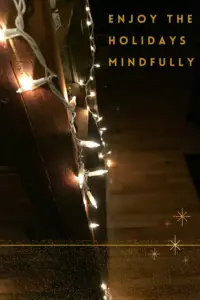
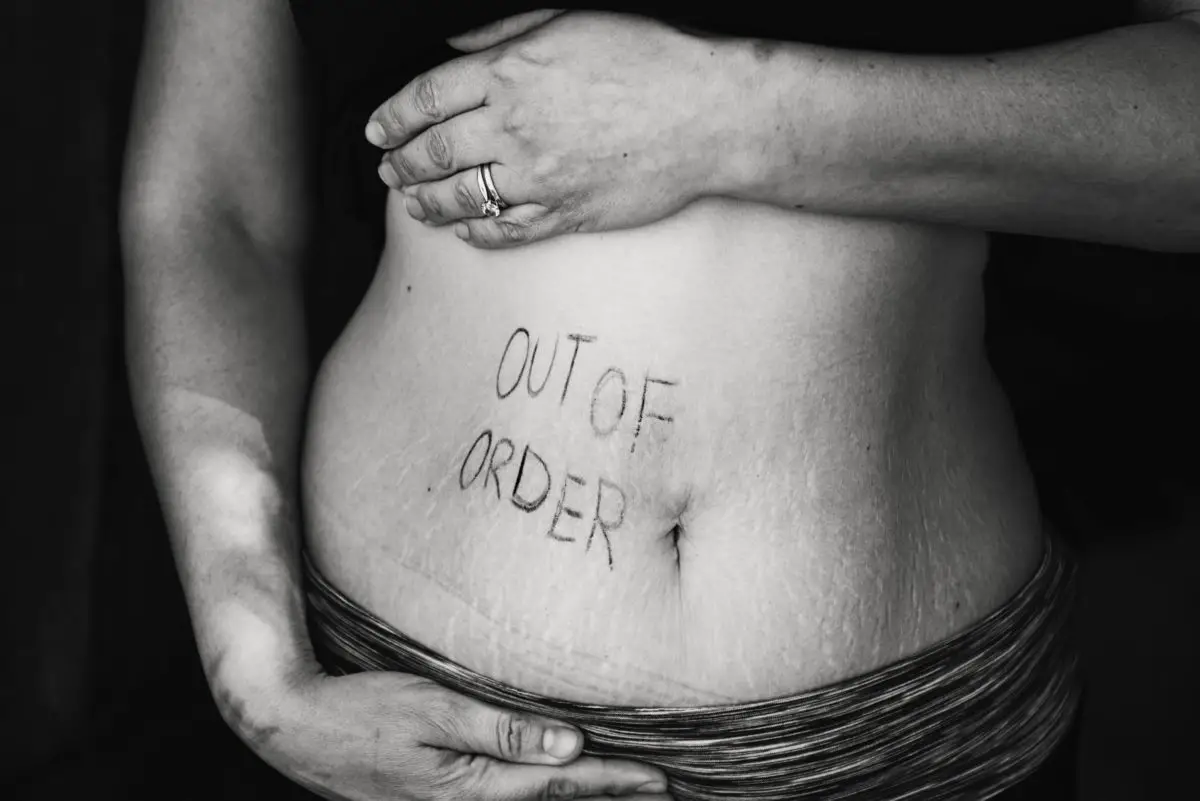
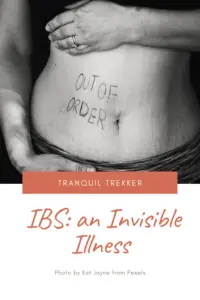
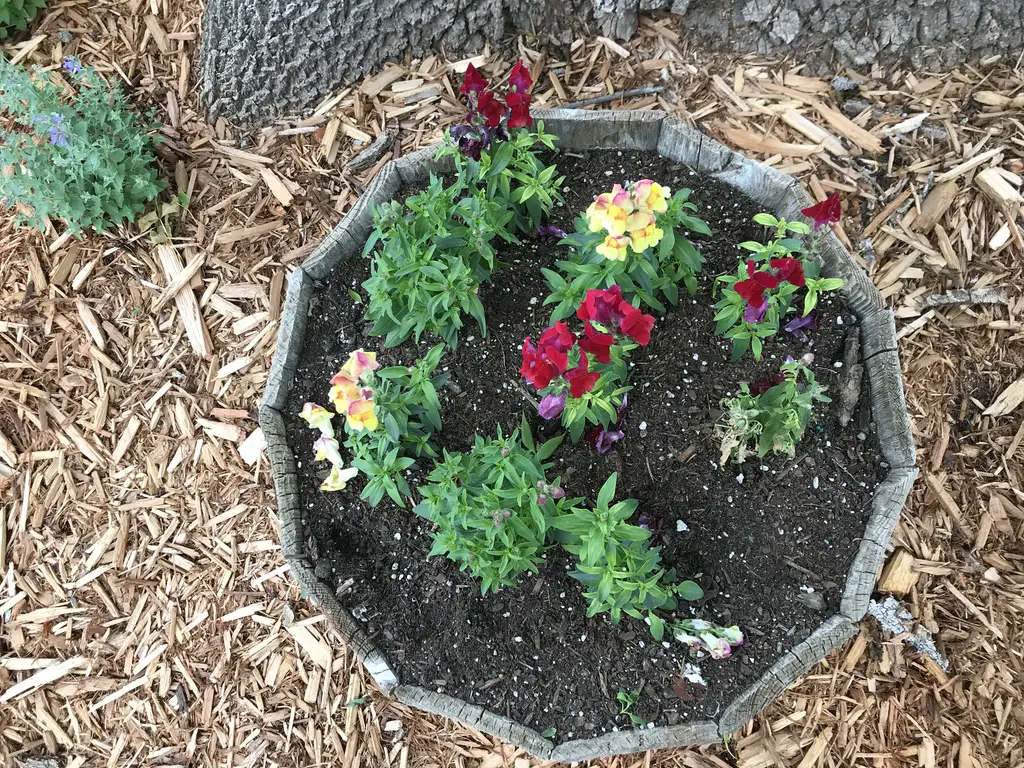
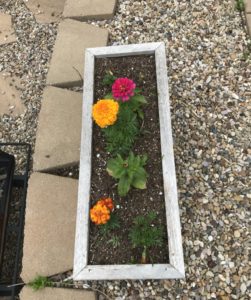
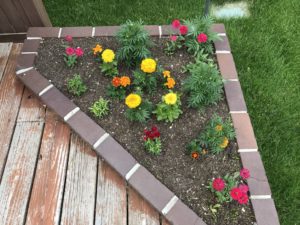 I think some of this is due to the fact that it’s incredibly satisfying to complete a physical task and see that something looks “better” after you’ve finished with it. I feel a lot of satisfaction when I look out the kitchen window and see flower beds that are well-maintained, where, just a few, short hours ago, they were shaggy with weeds and grass.
I think some of this is due to the fact that it’s incredibly satisfying to complete a physical task and see that something looks “better” after you’ve finished with it. I feel a lot of satisfaction when I look out the kitchen window and see flower beds that are well-maintained, where, just a few, short hours ago, they were shaggy with weeds and grass.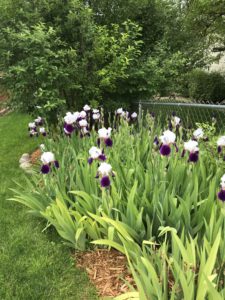
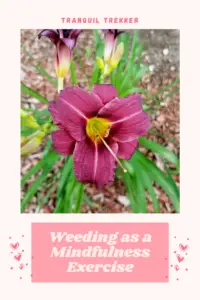
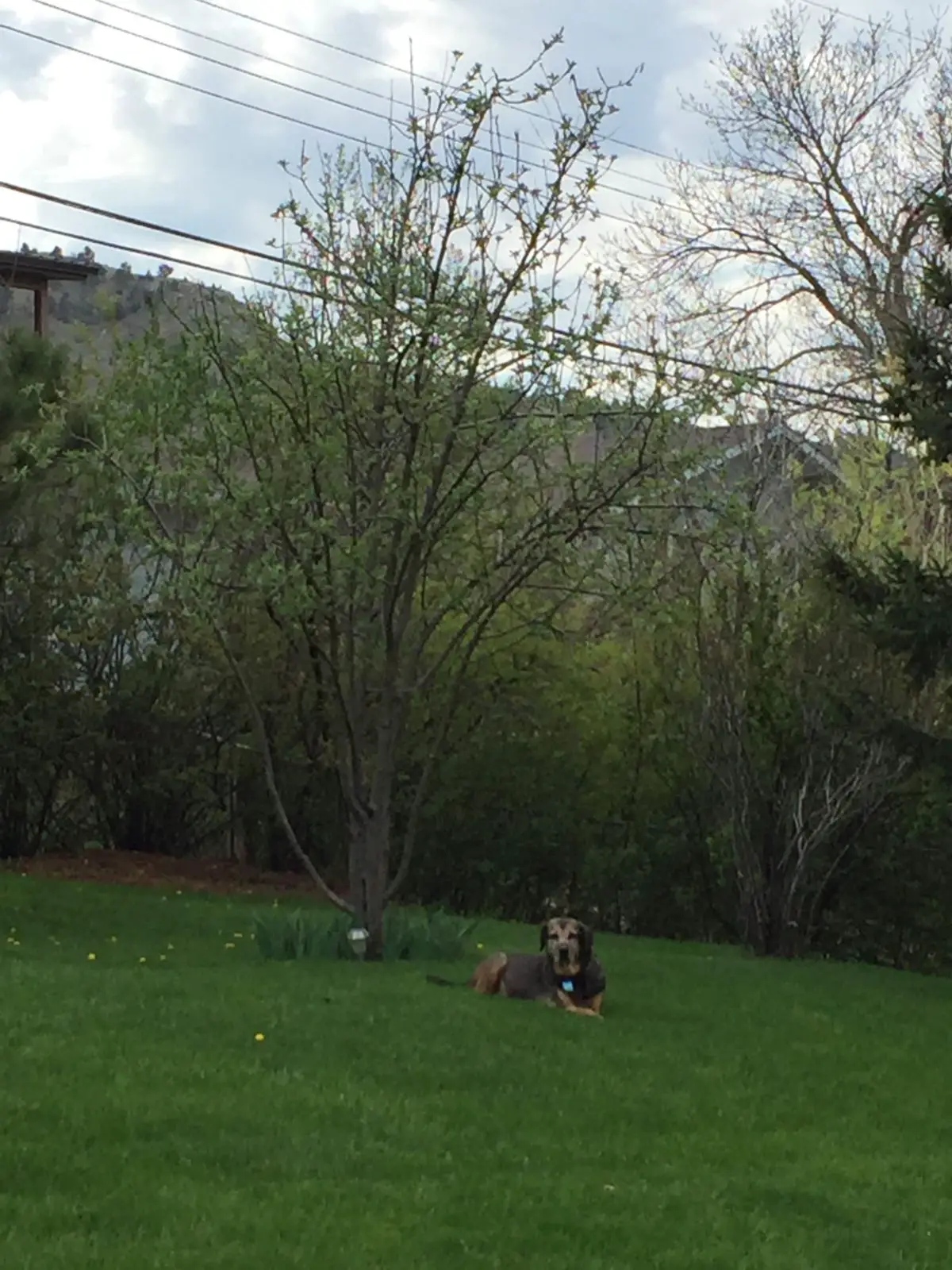

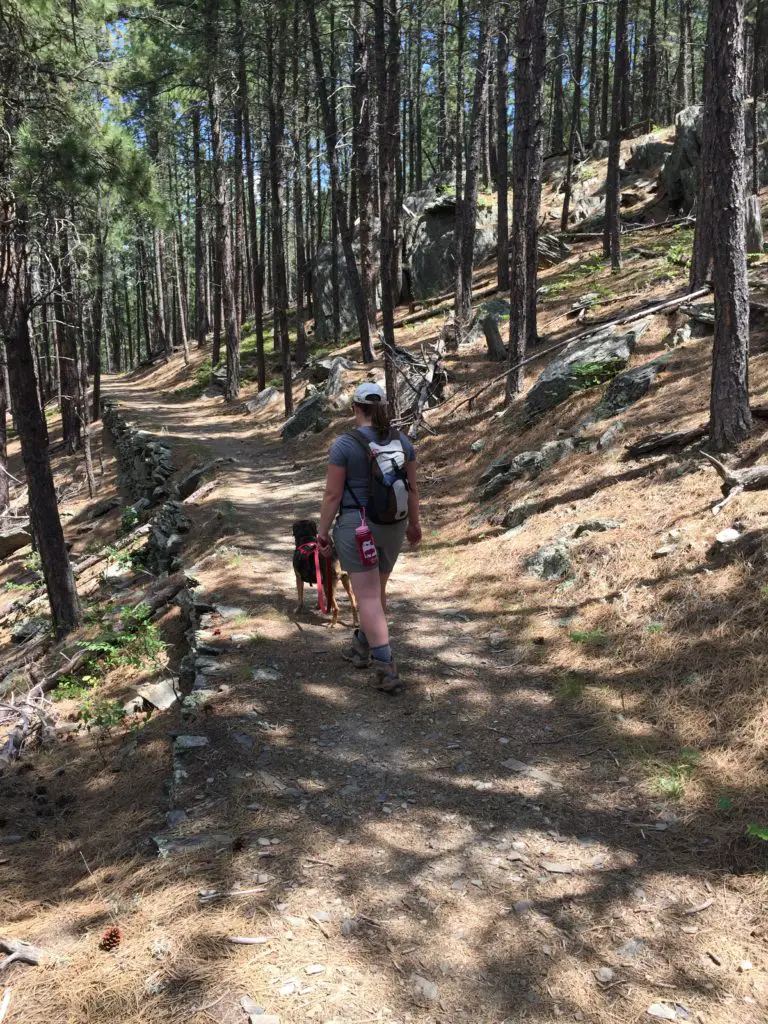
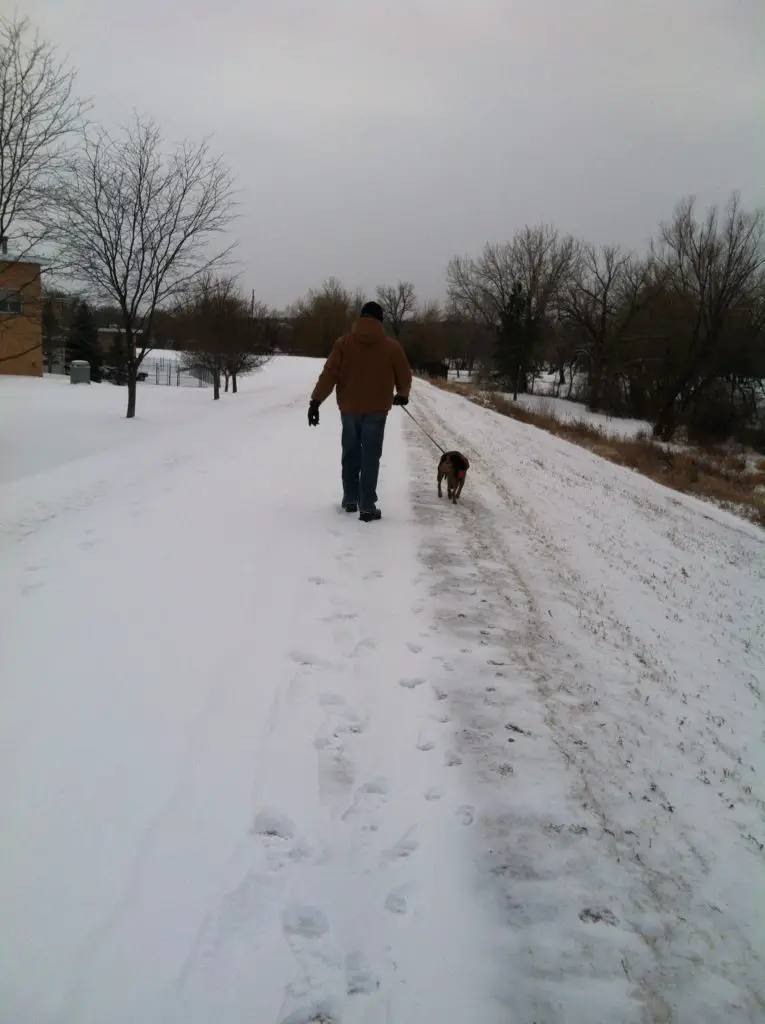
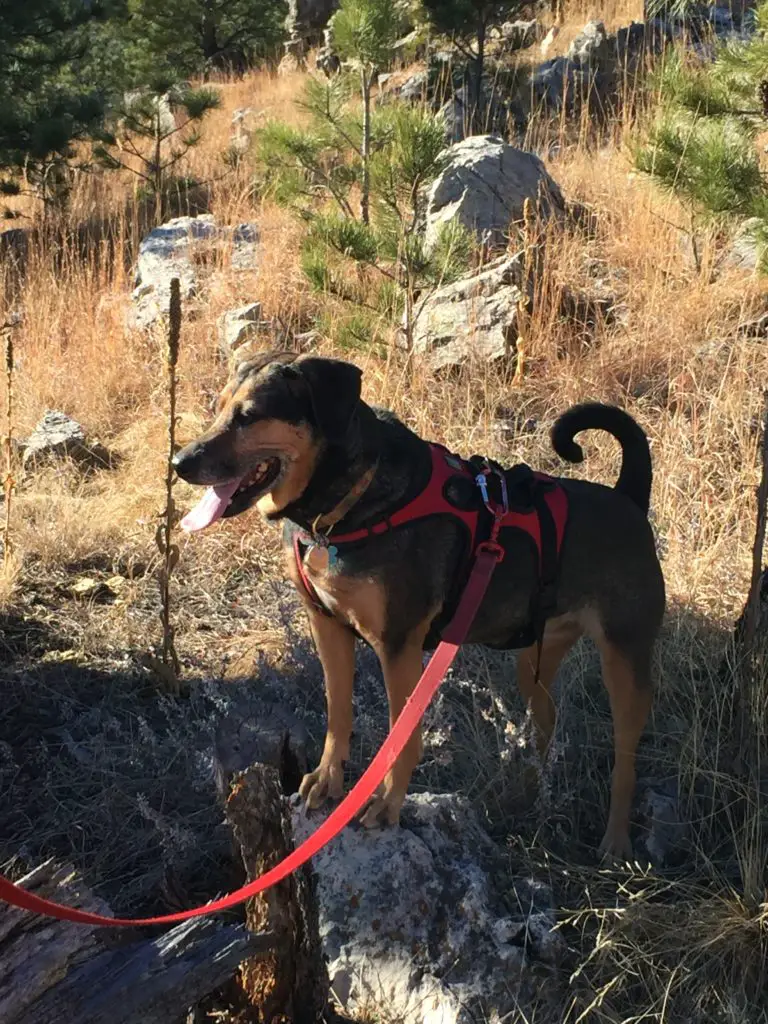
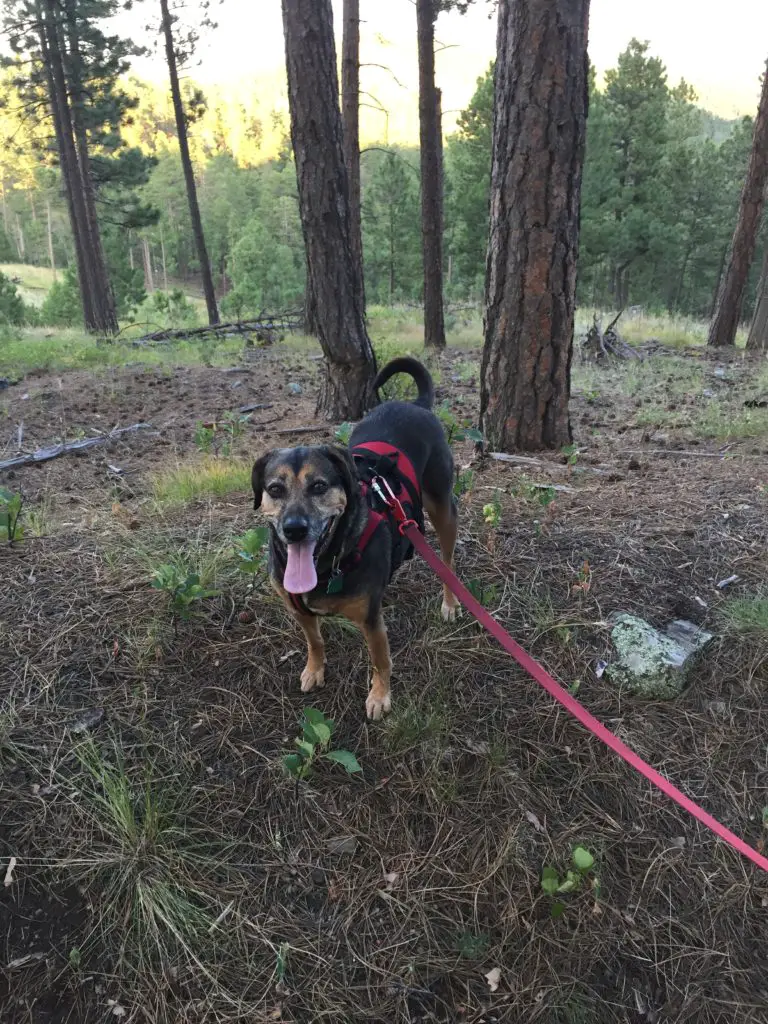
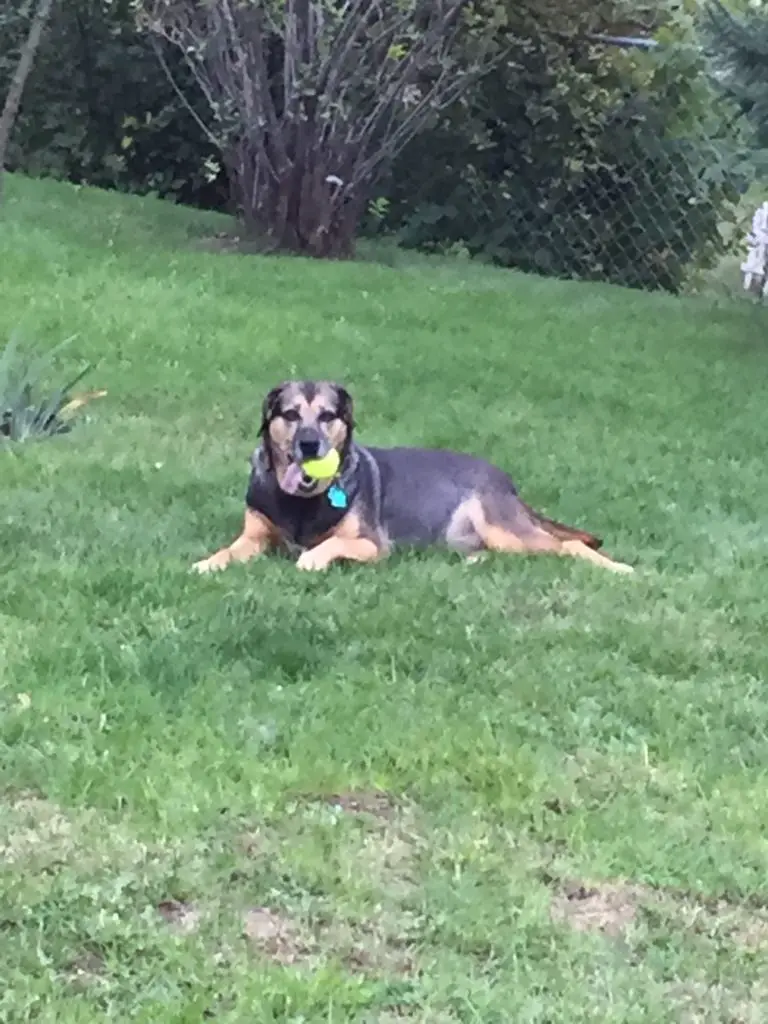
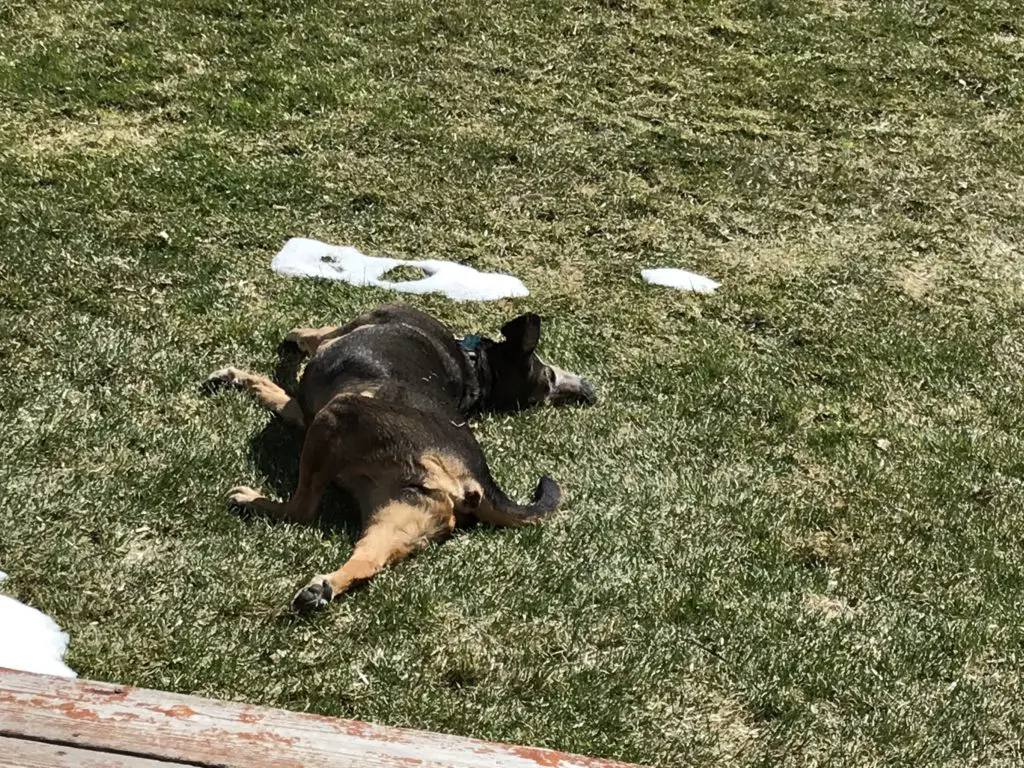
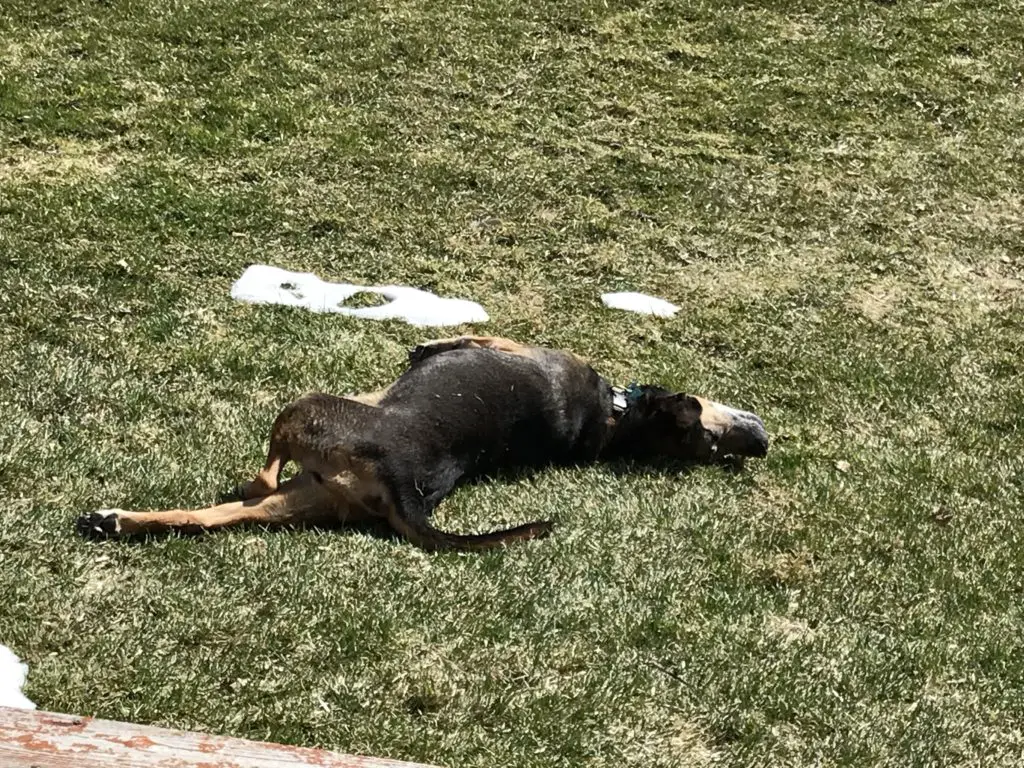
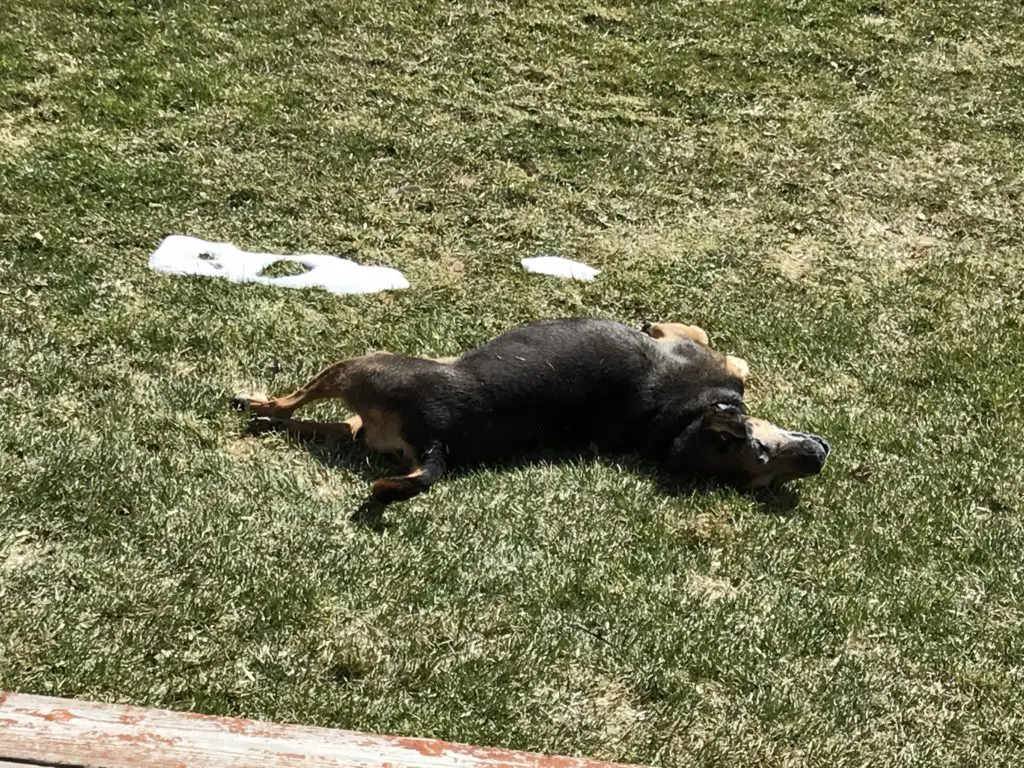
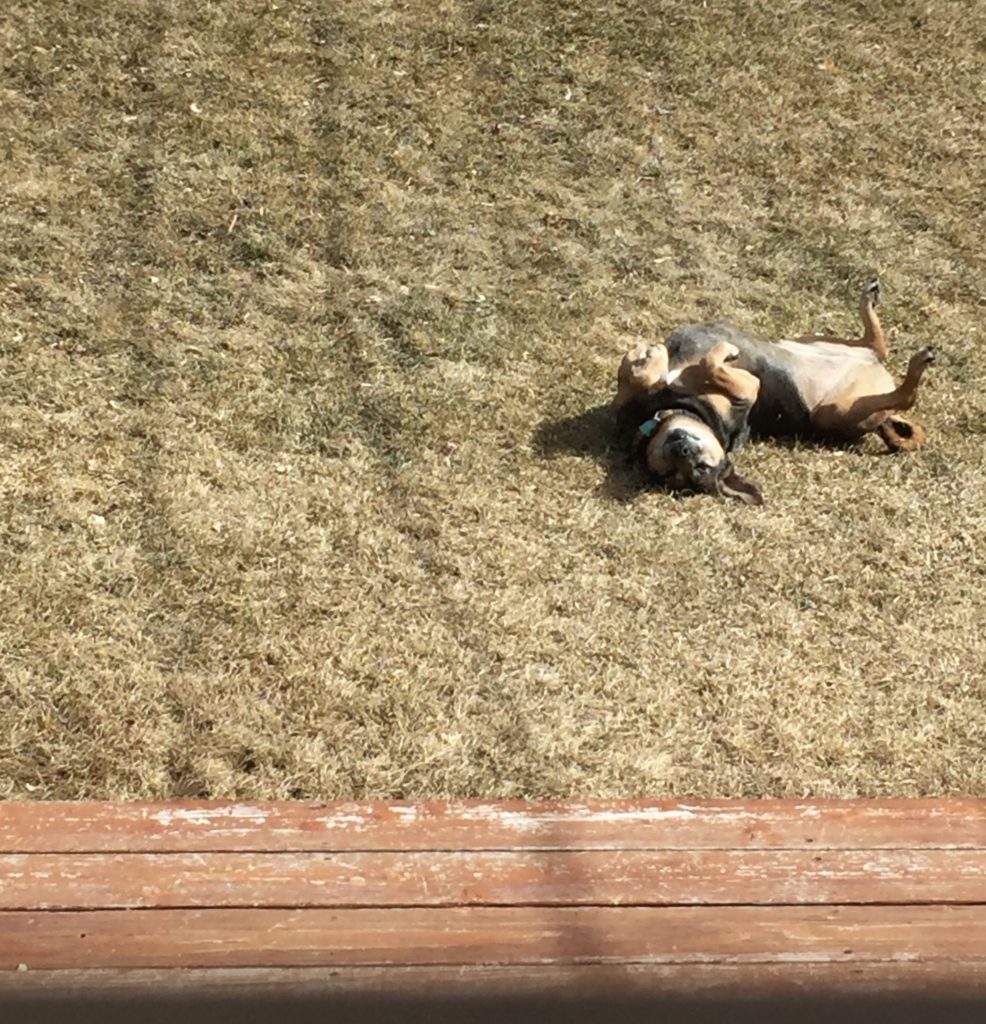
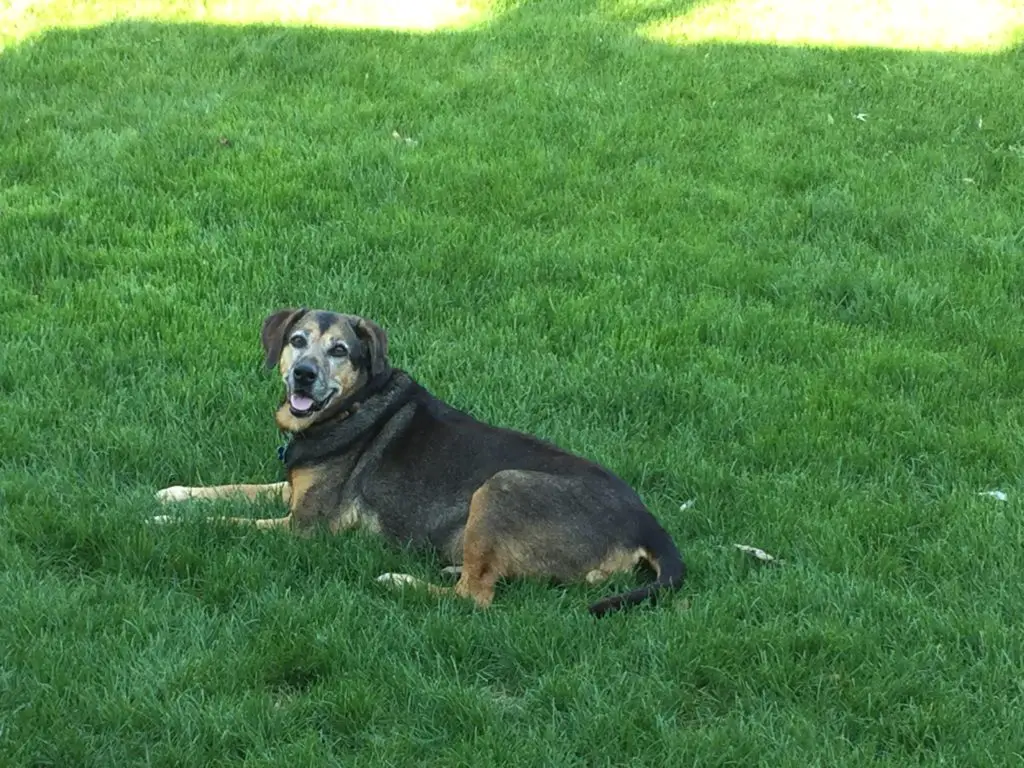

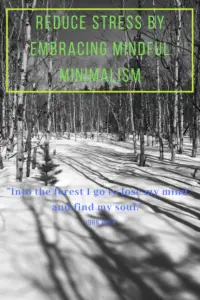
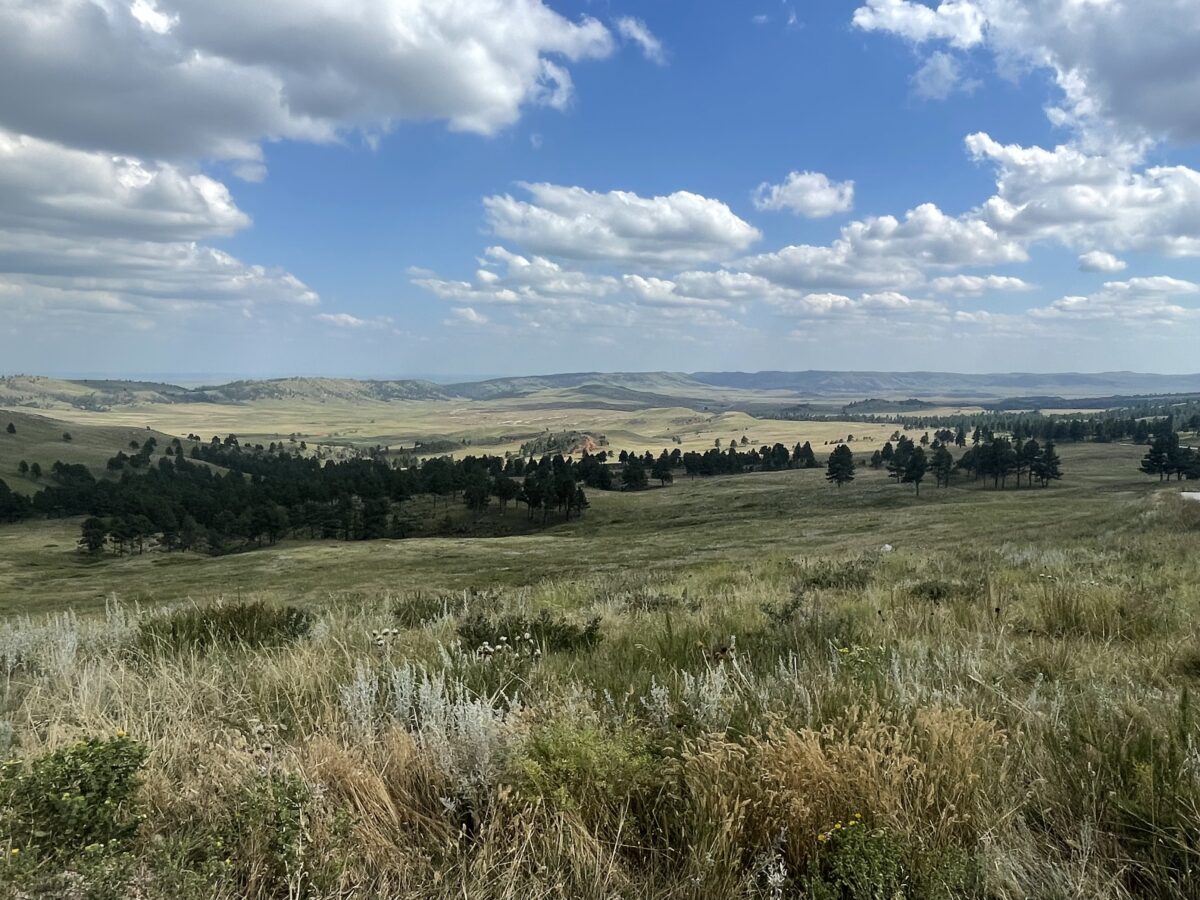
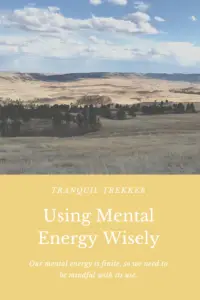
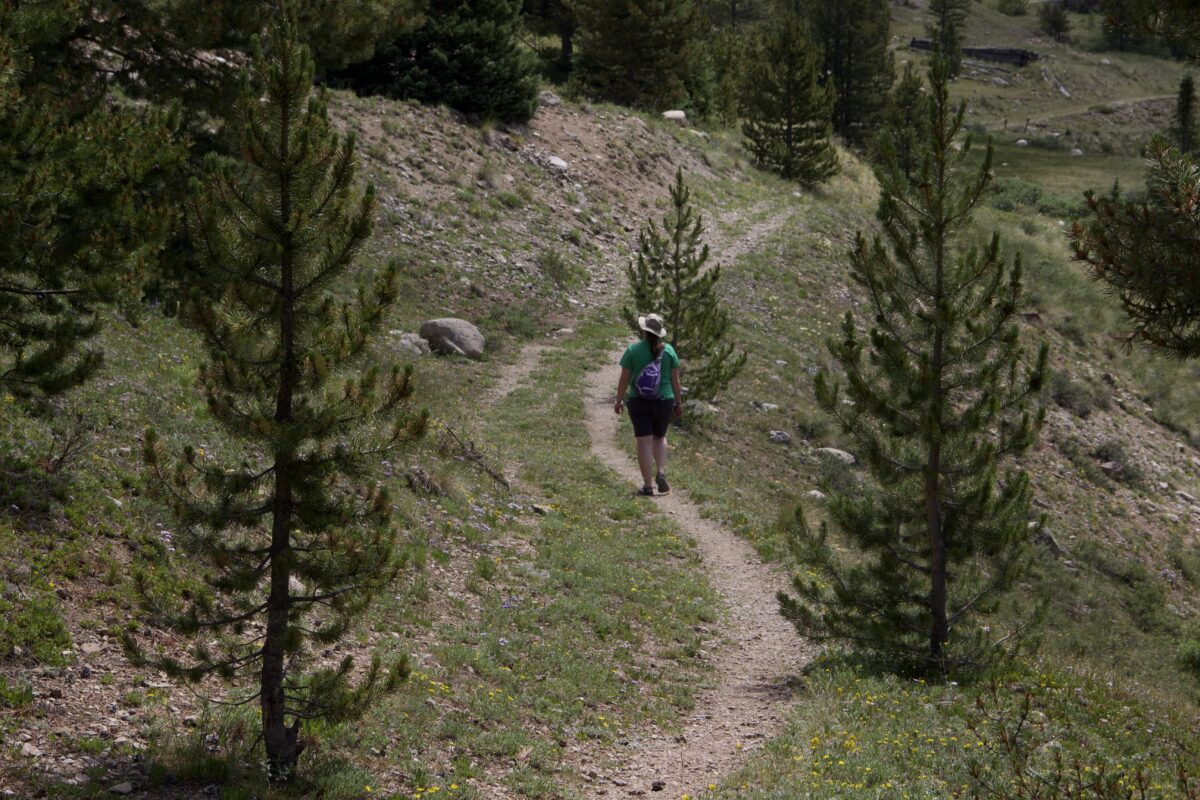
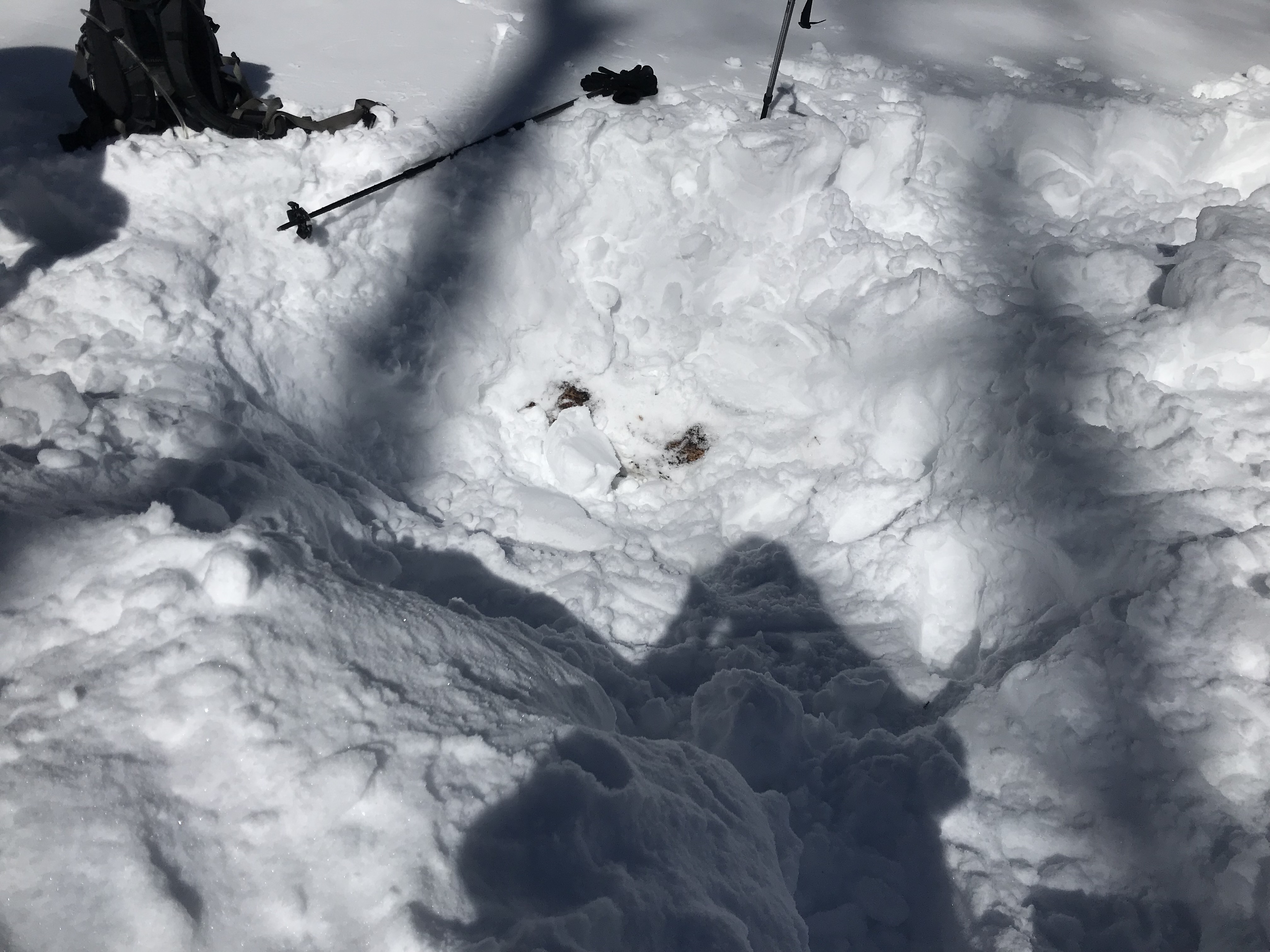
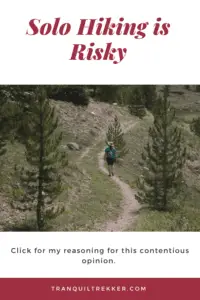
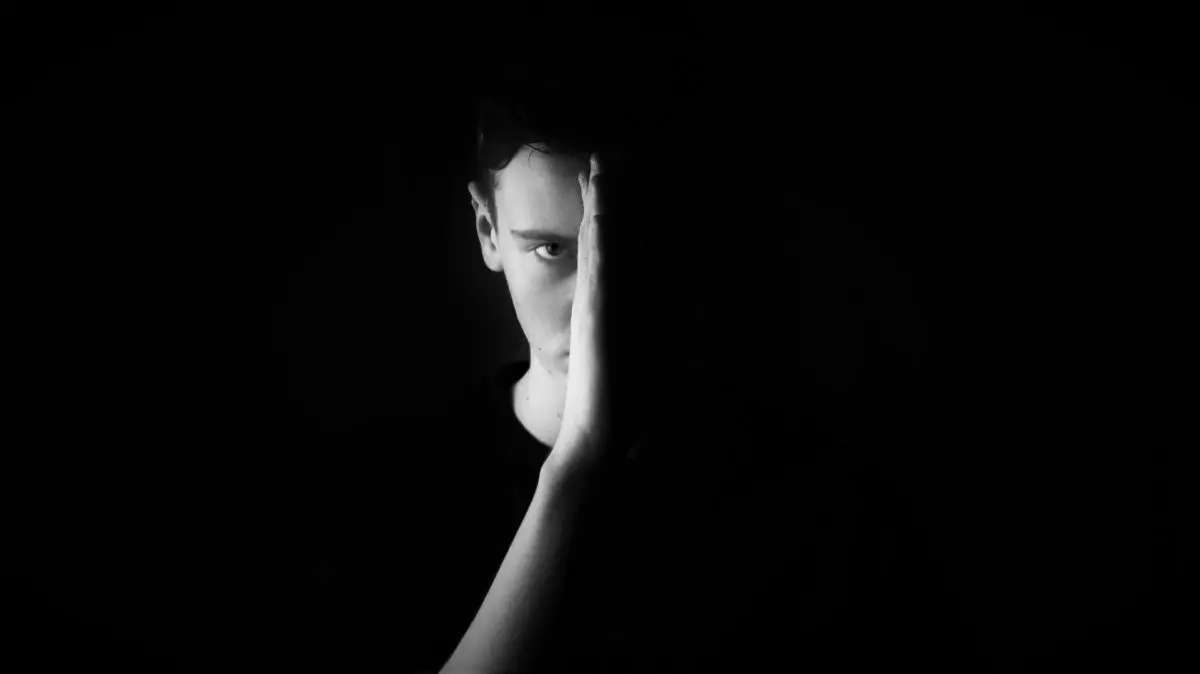
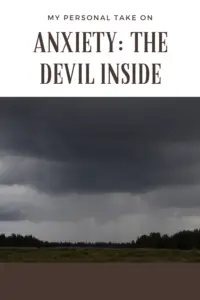
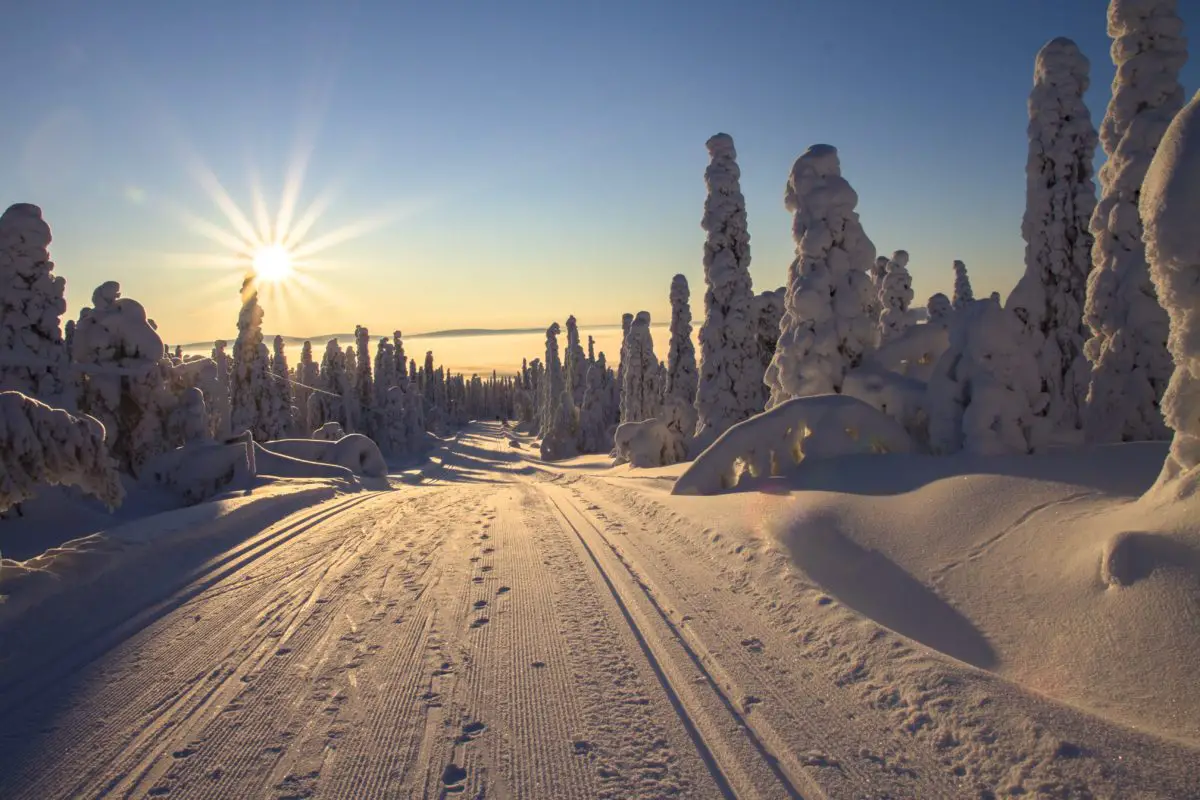
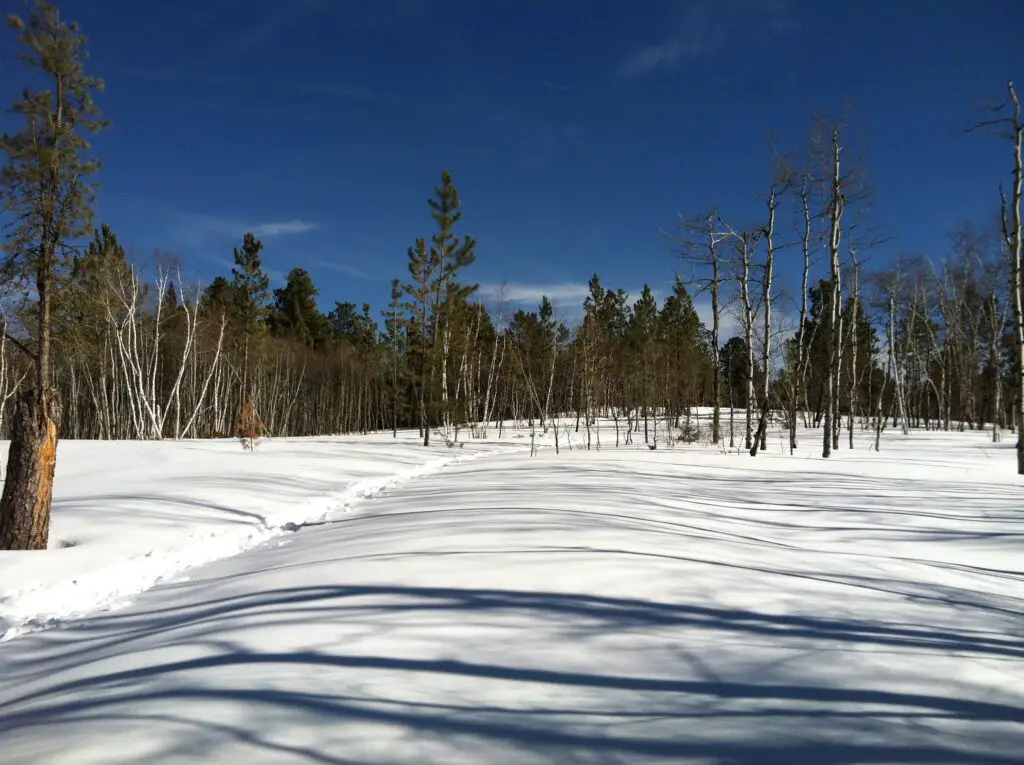
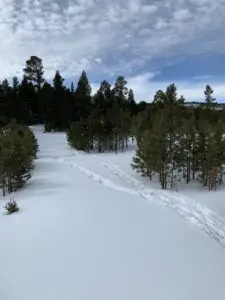 Learning to cross-country ski
Learning to cross-country ski